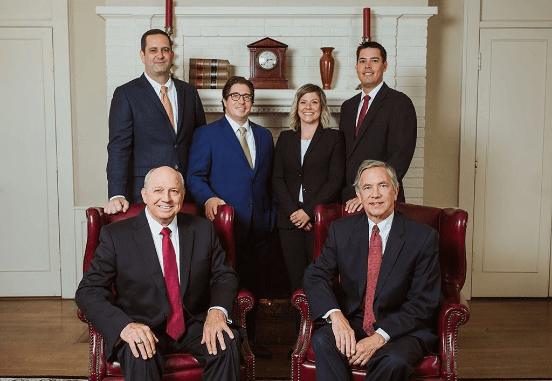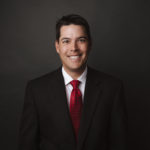 Visitors at Santa’s Winter Wonderland at the Waterford Lakes Town Center witnessed a frightening event last month after a 37-year-old man was pinned between a claw carnival ride. The injured man was a worker who fell from a ladder during a pre-operative check of the ride. He was freed before paramedics arrived and was transported to the hospital for treatment of his injuries.
Visitors at Santa’s Winter Wonderland at the Waterford Lakes Town Center witnessed a frightening event last month after a 37-year-old man was pinned between a claw carnival ride. The injured man was a worker who fell from a ladder during a pre-operative check of the ride. He was freed before paramedics arrived and was transported to the hospital for treatment of his injuries.
The ride has since reopened. However, the incident has brought to light concerns regarding how these types of rides are inspected and regulated for the safety of its riders.
When it comes to amusement ride regulations in Florida, two different categories exist: temporary amusement rides and permanent facility amusement rides. The first category includes rides that are regularly moved, while permanent ones stay in one location and are part of a lasting location. Temporary amusement rides pop up at various locations throughout the year in Central Florida and raise concerns regarding their safety and stability.
The ride involved in the incident at Waterford Lakes was a temporary amusement ride. This category of amusement rides is inspected each time they are moved or set up at a new location. They are required to undergo nondestructive testing for structural integrity annually by an inspector or professional engineer. When a ride fails inspection, a red tag, also known as a Stop Operation Order, is placed on the ride. It cannot operate at the same location until it passes a reinspection and the tag is removed by an inspector.
However, the problem with rides in Central Florida is that they are regularly put up and taken down and move across state lines is there is no federal regulation of amusement parks, whether they involve temporary or permanent rides. The Consumer Product Safety Commission will inspect temporary rides and attractions, but they are normally covered under state laws. And none of these laws are consistent with respect to how the inspections are to be conducted, what is to be looked for during these inspections, and what constitutes a concern to shut down a ride.
Congress passed a law in 1981 that created what has been referred to as a “roller coaster loophole,” that took away the Consumer Product Safety Commission’s authority to oversee all parks. Most states, including Florida, have regular inspection requirements, but that does not mean the inspections are uniform across the board. The Department of Agriculture is tasked with inspecting amusement park rides and carnivals. However, some of the more popular theme parks in our state, including Disney World, Universal Studios, and Sea World are exempt from any government inspection and state oversight. This is due to the fact these parks have more than 1,000 employees and full-time inspectors on staff.
According to the National Consumer Public Safety Commission (NCPSC), more than 270 million people visit theme parks every year. Without having uniform guidelines and regulations protecting people visiting these attractions, injuries and accidents will continue to occur. There are things you can do to help prevent injuries at Florida theme parks. For one, you should never try and ride or leave a ride while it is still moving. Always keep an eye on your children, and if they do not meet the height or weight requirements of the ride, keep them off it. Do not get on a ride while intoxicated. This will not only increase your risk of injury, but it can also impact your ability to collect damages if you are injured while on the ride.
When it comes to malfunctions and accidents resulting from an amusement ride, Florida law requires accidents be reported verbally within four hours of occurring and in writing within 24 hours. These reports must be filed using the Fair Rides Written Accident Report and faxed to (407) 843-7060 or emailed to FairRides@FDACS.gov.

Legally Written and Reviewed by a Managing Partner
Wooten, Kimbrough, Damaso, and Dennis, P.A.
Our content is written and reviewed by our founding attorneys Butch Wooten, Orman Kimbrough, Mike Damaso, and Tom Dennis. Helping the injured since 1966, they’ve successfully handled thousands of personal injury cases across Florida. Whether you’re a Florida resident or an out-of-state visitor injured in Florida, we’re dedicated to providing clear and reliable information to help you navigate your legal options confidently.




